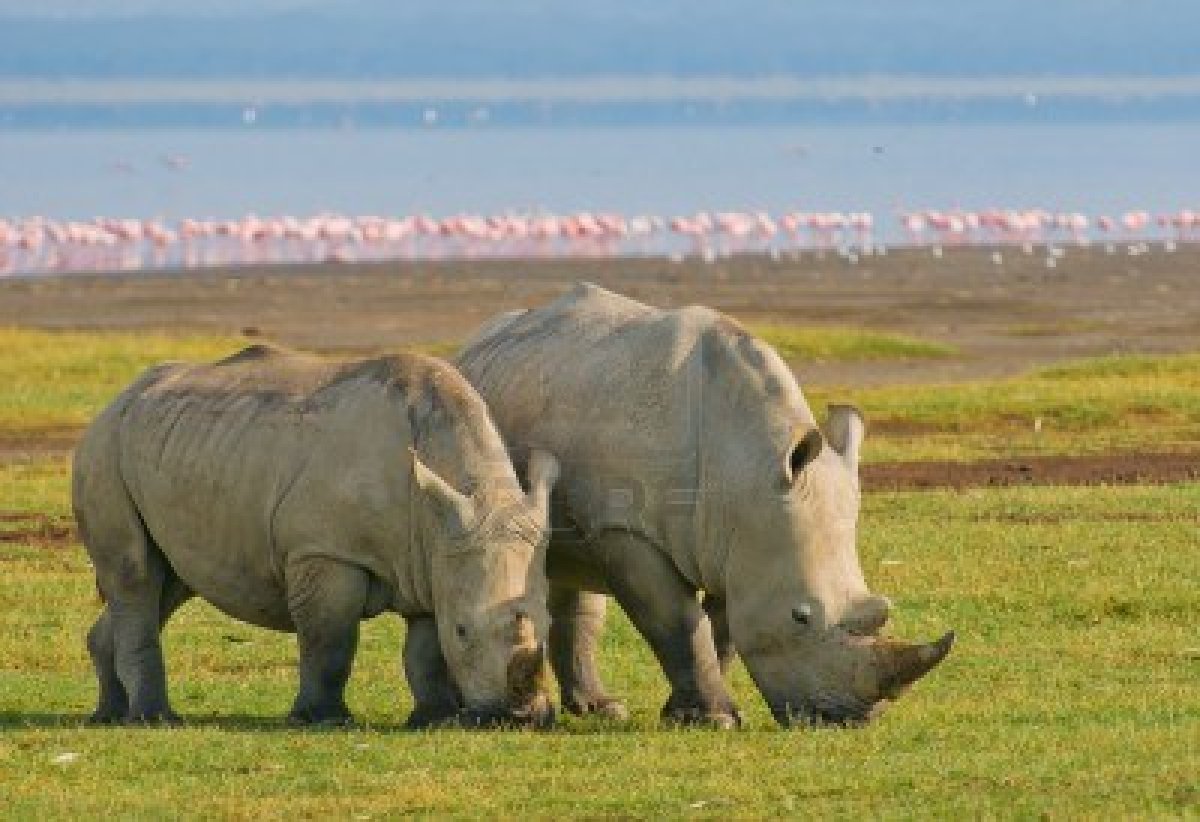Masai mara wildebeest migration
By the month of June a gentle wind ripples through the tall red oat grass, and the only animals easily visible are the slow moving elephants and giraffes, or a lone topi standing on an abandoned termite mound. A stillness sits across the savannah and the lions of the Mara lie in the shade of the acacias, waiting in anticipation. One late morning, small specks rise up through the bushes by Sand River and within minutes become clouds of dust. A herd of a few hundred wildebeest swarms its way along and then down the dusty river bank. Some of the herd settles for a few sips of water before the throng returns and takes the thirsty back to the top of the river bank. The migration has arrived. Within a couple of days many herds of thousands of wildebeest are trampling their way through the long grass, snaking their way across to Look-Out Hill and then down to the Mara River.
Many visitors only want to see the river crossings but the true spectacle of the migration is 1,245,000 wildebeest, 200,000 Burchell’s zebra, 18,000 eland and 500,000 Thomson’s Gazelle filling the entire stretch of landscape. The shifting columns of the herds as they traverse the valleys and the hills can only be watched in awe. There is nothing else like this on earth. The migration is a phenomenon that started again in the early 1970s; after a widespread immunization campaign against rinderpest in cattle was there an unexpected disappearance of rinderpest among the buffalo and wildebeest. The wildebeest had, following periodic outbreaks, being kept to around 250,000 animals but following this campaign and an increase in dry season rainfall, the population was able to grow in number and the migration spill over into the Mara. While the migratory population of Serengeti wildebeest has increased, the resident Mara wildebeest have been in steady decline. The Mara population used to migrate from the Loita Plains to the Maasai Mara around the same time as the Serengeti population, but in recent years the herds are staying in the conservancies just outside the reserve as human activities such as agriculture have limited their migratory routes.









